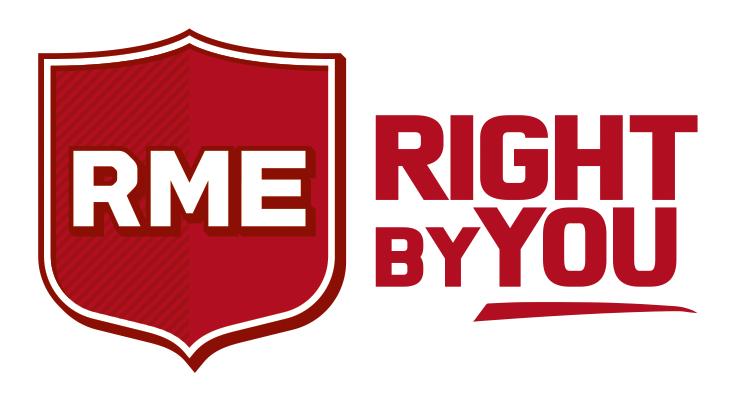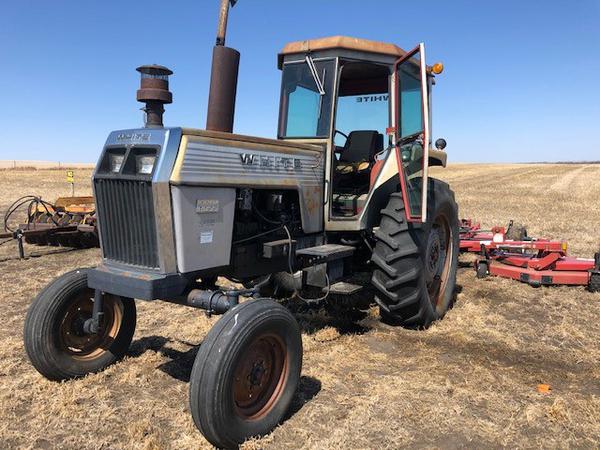Register an account with RME to store your favorite equipment and easily compare between units.
RegisterWith the seeding season ahead and the weather getting hotter, heat stress is one of the biggest health risks associated with heat waves. Hot weather places extra strain on your body as it tries to cool itself to its preferred temperature of 37C. Farmers working outside, or in farm buildings or sheds which have poor cooling methods, are at particular risk. Older people (aged 65 years and over) are at greater risk as your sense of thirst decreases and your kidneys are not as able to conserve body water as easily. There are three stages of heat stress: heat cramps, heat exhaustion and heat stroke.
Heat stroke is a medical emergency and occurs when you become dehydrated and your body temperature rises above 40.5C. Heat stroke is fatal in up to 80% of cases. If you work in a hot environment you should drink plenty of water, try to stay indoors during the hottest part of the day and develop a heat stroke prevention plan.
Symptoms of heat exhaustion include: dizziness, headache, sweaty skin, rash and a weak fast pulse. These signs occur when a person becomes dehydrated and people have difficulty keeping themselves cool. If you are organising a large event or sports activity, working in a hot environment or firefighting, you should develop a heat stroke prevention plan and learn to recognise the early signs of head exhaustion.
Planning for hot days:
Plan your outdoor work so you can work in the cool of the day (early morning or evening). Use shade cloth when working outdoors or under roofs in stockyards, and move hot equipment and engines away from where people are. Wear light cool clothing and a hat but ensure skin coverage to protect from UV radiation. Know what your policy is for workers to stop working during days of heat.
Signs of Health stress:
Fainting, heat exhaustion, heat cramps, heat fatigue, worsening of pre-existing illnesses and conditions.
Signs and symptoms of heat illness include feeling sick, nauseous, dizzy or weak.
Serious signs are clumsiness, collapse and convulsions (fitting) which may be experienced as a result of heat illness. Anyone with these signs or symptoms need to seek immediate medical attention.
Fast facts:
Heat stress and heat stroke
- There are three stages to heat stress – heat cramps, heat exhaustion, heat stroke.
- Heat stroke occurs when the body’s core temperature rises above 40.5 degrees Celsius.
- Heat stroke is a medical emergency, dial 911 if someone with you is not physically coping with the heat.
- Drink plenty of water.





